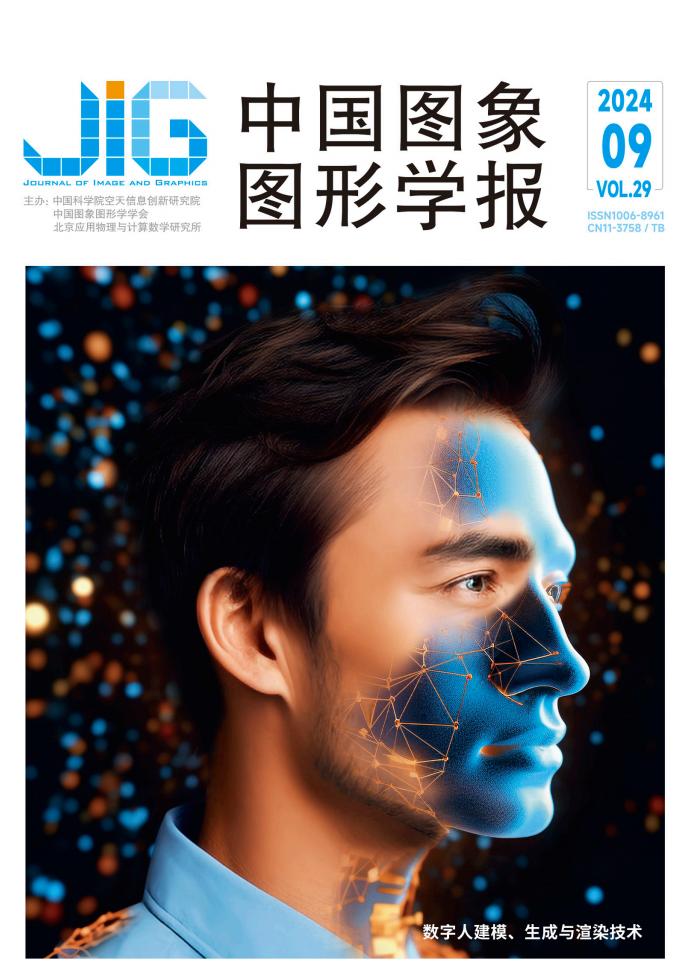使用随机森林算法根据从拍摄图像中提取的外部特征对芒果的质量进行分级
Q3 Computer Science
引用次数: 0
摘要
在农业中,芒果的分级仍然是一个人工过程。目前,芒果的分类是根据人的经验进行的,这使得农产品出口机构的等级不统一。因此,芒果的自动分级对于解决这些问题是非常重要的。在这项研究中,提出了一种随机森林算法,用于基于密度、表面缺陷和重量等质量属性的芒果自动分级系统。通过捕获的图像提取内部特征,包括尺寸和表面缺陷。这些特征与权重相结合来估计密度。这项研究使用了从几个当地农场收集的732个芒果。实验结果表明,该分级系统的准确率高达98.3%。该分级方法可以代替无损检测设备,应用于其他热带水果的质量评价。本文章由计算机程序翻译,如有差异,请以英文原文为准。
Using Random Forest Algorithm to Grading Mango's Quality Based on External Features Extracted from Captured Images
The grading of mango is still a manual process in agriculture. Nowadays, mangoes are classified based on human experience, which makes the grade not uniform for agricultural product export establishments. Therefore, the automated grading of mango is very important to solve these problems. In this study, a random forest algorithm is proposed for an automated mango grading system based on quality attributes such as density, surface defect, and weight. The internal features including dimensions and surface defects are extracted via the captured image. These features are combined with the weight to estimate density. This study uses 732 mangoes that are collected from several local farms. The experiment of the grading system has high accuracy with 98.3%. Instead of using Non-Destructive Testing (NDT) equipment, this grading method can be used to apply to evaluate the quality of other tropical fruits.
求助全文
通过发布文献求助,成功后即可免费获取论文全文。
去求助
来源期刊

中国图象图形学报
Computer Science-Computer Graphics and Computer-Aided Design
CiteScore
1.20
自引率
0.00%
发文量
6776
期刊介绍:
Journal of Image and Graphics (ISSN 1006-8961, CN 11-3758/TB, CODEN ZTTXFZ) is an authoritative academic journal supervised by the Chinese Academy of Sciences and co-sponsored by the Institute of Space and Astronautical Information Innovation of the Chinese Academy of Sciences (ISIAS), the Chinese Society of Image and Graphics (CSIG), and the Beijing Institute of Applied Physics and Computational Mathematics (BIAPM). The journal integrates high-tech theories, technical methods and industrialisation of applied research results in computer image graphics, and mainly publishes innovative and high-level scientific research papers on basic and applied research in image graphics science and its closely related fields. The form of papers includes reviews, technical reports, project progress, academic news, new technology reviews, new product introduction and industrialisation research. The content covers a wide range of fields such as image analysis and recognition, image understanding and computer vision, computer graphics, virtual reality and augmented reality, system simulation, animation, etc., and theme columns are opened according to the research hotspots and cutting-edge topics.
Journal of Image and Graphics reaches a wide range of readers, including scientific and technical personnel, enterprise supervisors, and postgraduates and college students of colleges and universities engaged in the fields of national defence, military, aviation, aerospace, communications, electronics, automotive, agriculture, meteorology, environmental protection, remote sensing, mapping, oil field, construction, transportation, finance, telecommunications, education, medical care, film and television, and art.
Journal of Image and Graphics is included in many important domestic and international scientific literature database systems, including EBSCO database in the United States, JST database in Japan, Scopus database in the Netherlands, China Science and Technology Thesis Statistics and Analysis (Annual Research Report), China Science Citation Database (CSCD), China Academic Journal Network Publishing Database (CAJD), and China Academic Journal Network Publishing Database (CAJD). China Science Citation Database (CSCD), China Academic Journals Network Publishing Database (CAJD), China Academic Journal Abstracts, Chinese Science Abstracts (Series A), China Electronic Science Abstracts, Chinese Core Journals Abstracts, Chinese Academic Journals on CD-ROM, and China Academic Journals Comprehensive Evaluation Database.
 求助内容:
求助内容: 应助结果提醒方式:
应助结果提醒方式:


